Improvement of Target Detection Based on Signal Dependent Noise Reduction for Hyperspectral Image
DOI: 10.23977/geors.2018.11013 | Downloads: 25 | Views: 5361
Author(s)
Caroline Fossati 1, Salah Bourennane 1
Affiliation(s)
1 Aix Marseille Univ, CNRS, Centrale Marseille, Institut Fresnel, Marseille, France
Corresponding Author
Caroline FossatiABSTRACT
In the hyperspectral images (HSI) acquired by the new-generation hyperspectral sensors the signal dependent noise is an important limitation to the detection. Therefore, noise reduction is an important preprocessing step to analyze the information in the hyperspectral image. A signal dependent noise cannot be reduced by conventional linear filtering. Therefore, a new method based on Parallel factor analysis (PARAFAC) decomposition is proposed to estimate the noise of hyperspectral remote sensing image. Then, the estimated noise is used for whitening the colored structural noise. By using this transformation, the data noise from new-generation hyperspectral sensors is diminished, thereby allowing a minimization of negative impacts on hyperspectral detection applications.
KEYWORDS
Detection, multi-linear algebra, reduction, hyperspectral image.CITE THIS PAPER
Caroline Fossati and Salah Bourennane, Improvement of Target Detection Based on Signal Dependent Noise Reduction for Hyperspectral Image, Geoscience and Remote Sensing (2018) Vol. 1: 18-27.
REFERENCES
[1] N. Renard, S. Bourennane, and J. Blanc-Talon. Denoising and dimensionality reduction using multilinear tools for hyperspectral images. IEEE Geoscience and Remote Sensing Letters 5 (2000) 138-142.
[2] M. Uss, B. Vozel, V. Lukin, and K. Chehdi. Local signal-dependent noise variance estimation from hyperspectral textural images. IEEE Journal of Selected Topics in Signal Proc. 5 (2011) 469-486.
[3] X. Liu, S. Bourennane and C. Fossati. Reduction of noise from hyperspectral images for target detection. IEEE Trans. Geoscience and Remote Sensing 9 (2014) 5396-5411.
[4] S. Bourennane, C. Fossati and A. Cailly. Improvement of target-detection algorithms based on adaptive three-dimensional filtering. IEEE Trans. Geosci. Remote Sens. 49(2011) 1383-1395.
[5] H.K. Aggarwal, A. Majumdar, Exploiting spatiospectral correlation for impulse denoising in hyperspectral images. J. Electron. Imaging 24 (2015) 013027.
[6] P. Meza, J.E. Pezoa, S.N. Torres, Multidimensional Striping Noise Compensation in Hyperspectral Imaging: Exploiting Hypercubes Spatial, Spectral, and Temporal Redundancy. IEEE J. Sel. Top. Appl. Earth Obs. Remote Sens. 9 (2016) 4428-4441.
[7] B. Rasti, M.O. Ulfarsson, P. Ghamisi, Automatic Hyperspectral Image Restoration Using Sparse and Low-Rank Modeling. IEEE Geosci. Remote Sens. Lett. (2017) 1-5.
[8] P. Zhong and R. Wang. Multiple-spectral-band CRFs for denoising junk bands of hyperspectral imagery. IEEE Trans. Geoscience and Remote Sensing 4 ( 2013) 2269-2275.
[9] B. Gao. An operational method for estimating signal to noise ratios from data acquired with imaging spectrometers. Remote Sens. Environ. 43 (1993) 23-33.
[10] B. Corner, R. Narayanan, and S. Reichenbach. Noise estimation in remote sensing imagery using data masking. International Journal Remote Sensing 24 (2003) 689-702.
[11] R. E. Roger and J. F. Arnold. Reliably estimating the noise in AVIRIS hyperspectral images. International Journal of Remote Sensing 17 (1996) 1951-1962.
[12] L. Alparone, M. Selva, B. Aiazzi, S. Baronti, F. Butera, and L. Chiarantini. Signal-dependent noise modelling and estimation of new-generation imaging spectrometers. First IEEE Workshop on Hyperspectral Image and Signal Proc.: Evolution in remote sensing (2009) 1-4.
[13] Q. Yuan, L. Zhang, and H. Shen. Hyperspectral image denoising employing a spectral-spatial adaptive total variation model. IEEE Transactions on Geoscience and Remote Sensing 50 (2012) 3660-3677.
[14] R. A. Harshman and M. E. Lundy. The parafac model for three-way factor analysis and multidimensional scaling. Research methods for multimode data analysis. Praeger, (1984) 122-215.
[15] R. A. Harshman and M. E. Lundy. Parafac: Parallel factor analysis. Computational statistics and data analysis 18 (1994) 39-72.
[16] X. Liu, S. Bourennane, and C. Fossati. Nonwhite noise reduction in hyperspectral images. IEEE Geoscience and Remote Sensing letters, 9 (2012) 368-372.
[17] C.-I. Chang and Q. Du. Interference and noise adjusted principal components analysis. IEEE Transactions on Geoscience and Remote Sensing 37 ( 1999) 2387-2396.
[18] T. G. Kolda and B. W. Bader. Tensor decompositions and applications. SIAM Review 51 (2009) 455-500.
[19] D. Letexier and S. Bourennane. Noise removal from hyperspectral images by multidimensional filtering. IEEE Transactions on Geoscience and Remote Sensing 46 (2008) 2061-2069.
[20] J. Meola, Michael T. Eismann, Randolph L. Moses, and Joshua N. Ash. Modeling and estimation of signal-dependent noise in hyperspectral imagery. Appl. Opt. 50 (2011) 3829-3846.
[21] R. E. Roger. Principal components transform with simple, automatic noise ajustment. International Journal of Remote Sensing 17 (1996) 2719-2727.
[22] D. Manolakis and G. Shaw. Detection algorithms for hyperspectral imaging applications. IEEE Signal Processing Magazine19 (2002) 29-43.
[23] C. Burges. A tutorial on support vector machines for pattern recognition. Data Mining and Knowledge Discovery 2 (1998) 121-167.
[24] V. Lukin, S. Abramov, S. Krivenko, A. Kurekin and O. Progrebnyak. Analysis of classification accuracy for pre-filltred multichannel remote sensing data. Journal of expert systems with applications 40 (2013 ) 6400-6411.
| Downloads: | 1063 |
|---|---|
| Visits: | 109962 |
Sponsors, Associates, and Links
-
International Journal of Geological Resources and Geological Engineering
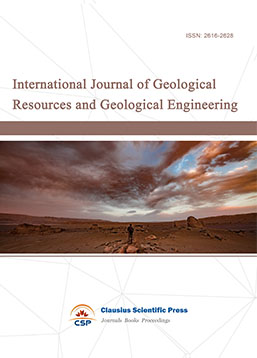
-
Big Geospatial Data and Data Science

-
Solid Earth and Space Physics

-
Environment and Climate Protection
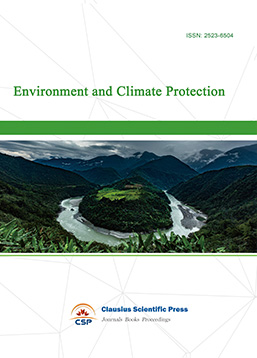
-
Journal of Cartography and Geographic Information Systems

-
Environment, Resource and Ecology Journal
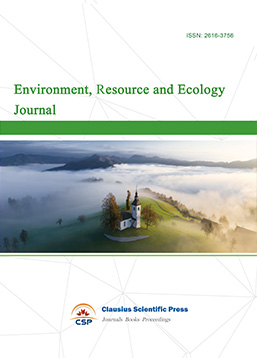
-
Offshore and Polar Engineering

-
Physical and Human Geography
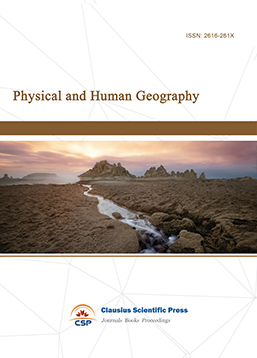
-
Journal of Atmospheric Physics and Atmospheric Environment
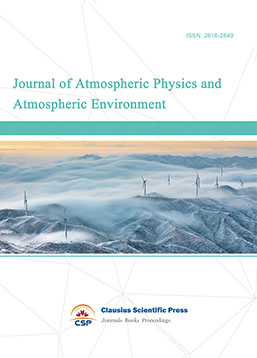
-
Trends in Meteorology

-
Journal of Coastal Engineering Research
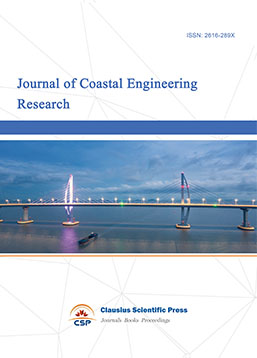
-
Focus on Plant Protection
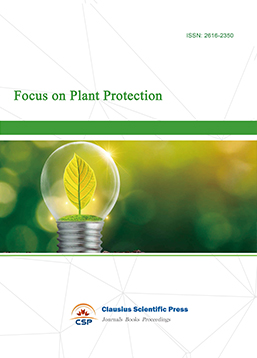
-
Toxicology and Health of Environment
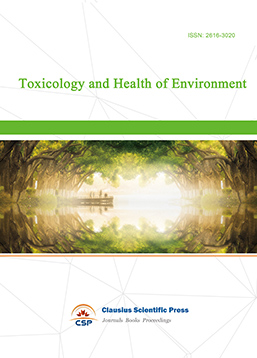
-
Advances in Physical Oceanography

-
Biology, Chemistry, and Geology in Marine
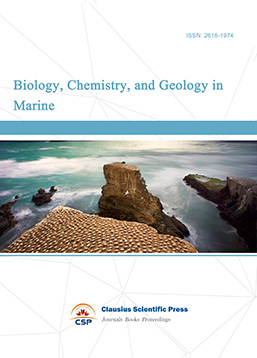
-
Water-Soil, Biological Environment and Energy

-
Geodesy and Geophysics

-
Journal of Structural and Quaternary Geology
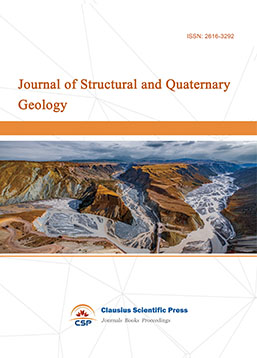
-
Journal of Sedimentary Geology

-
International Journal of Polar Social Research and Review


 Download as PDF
Download as PDF